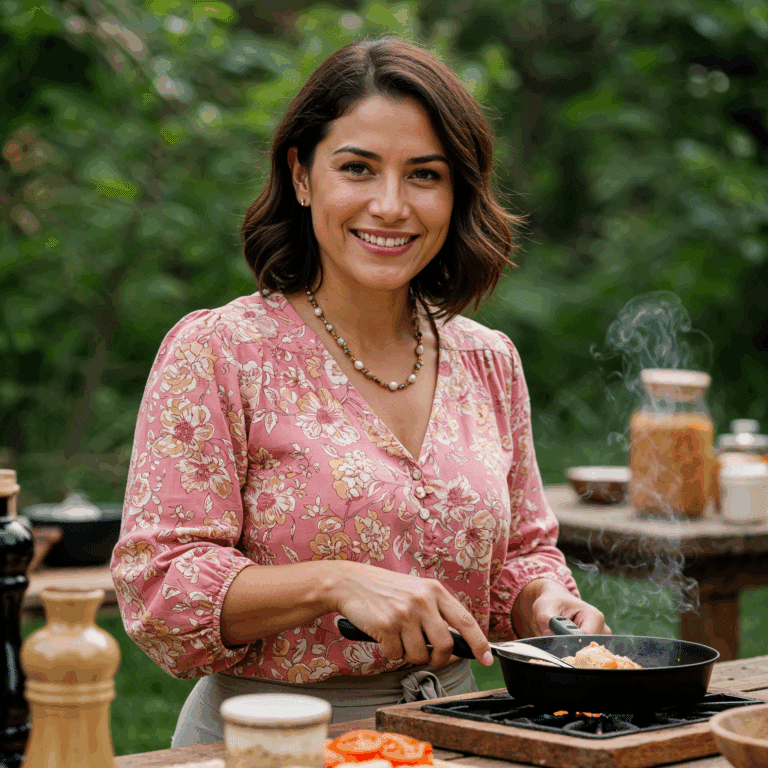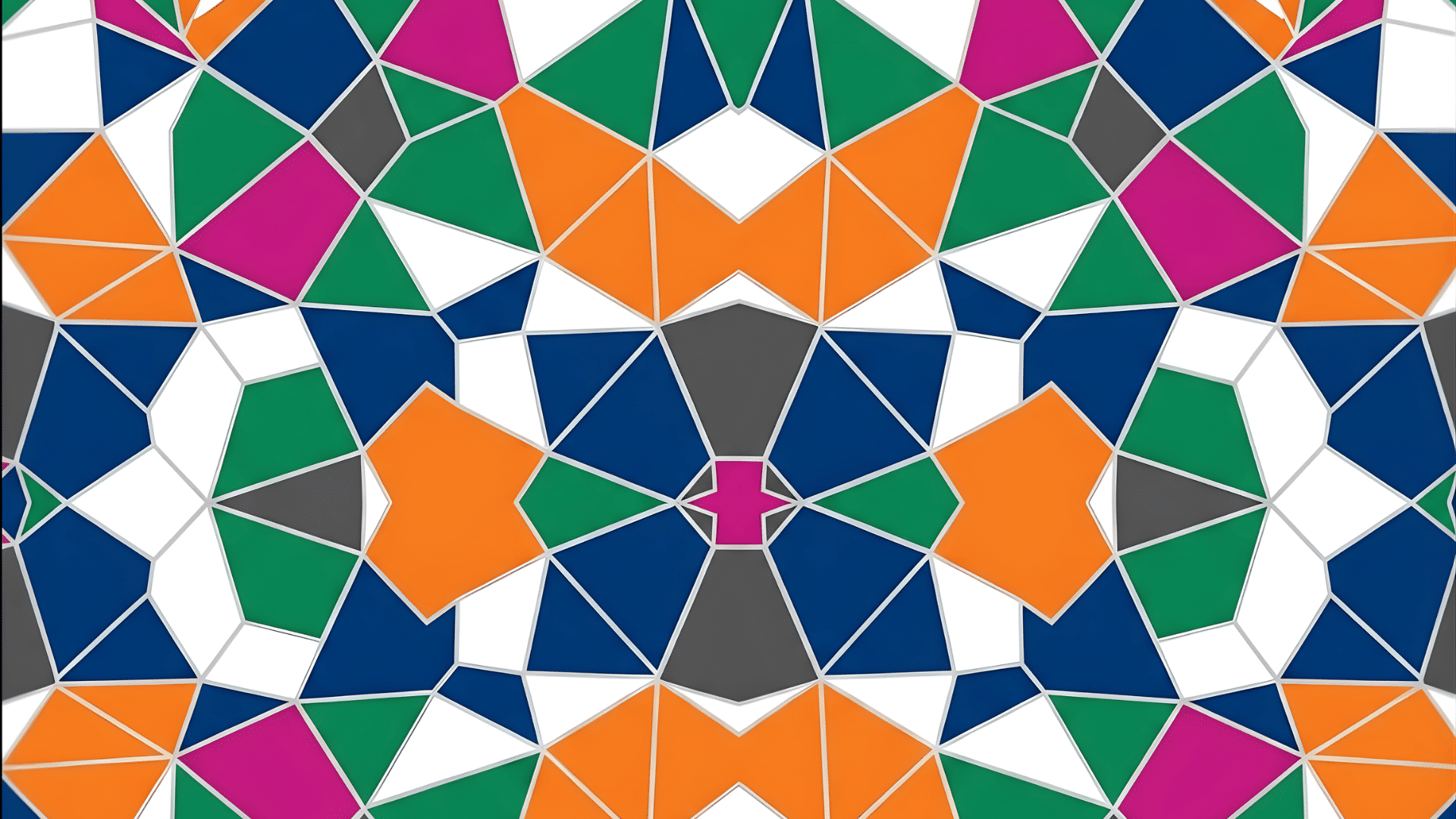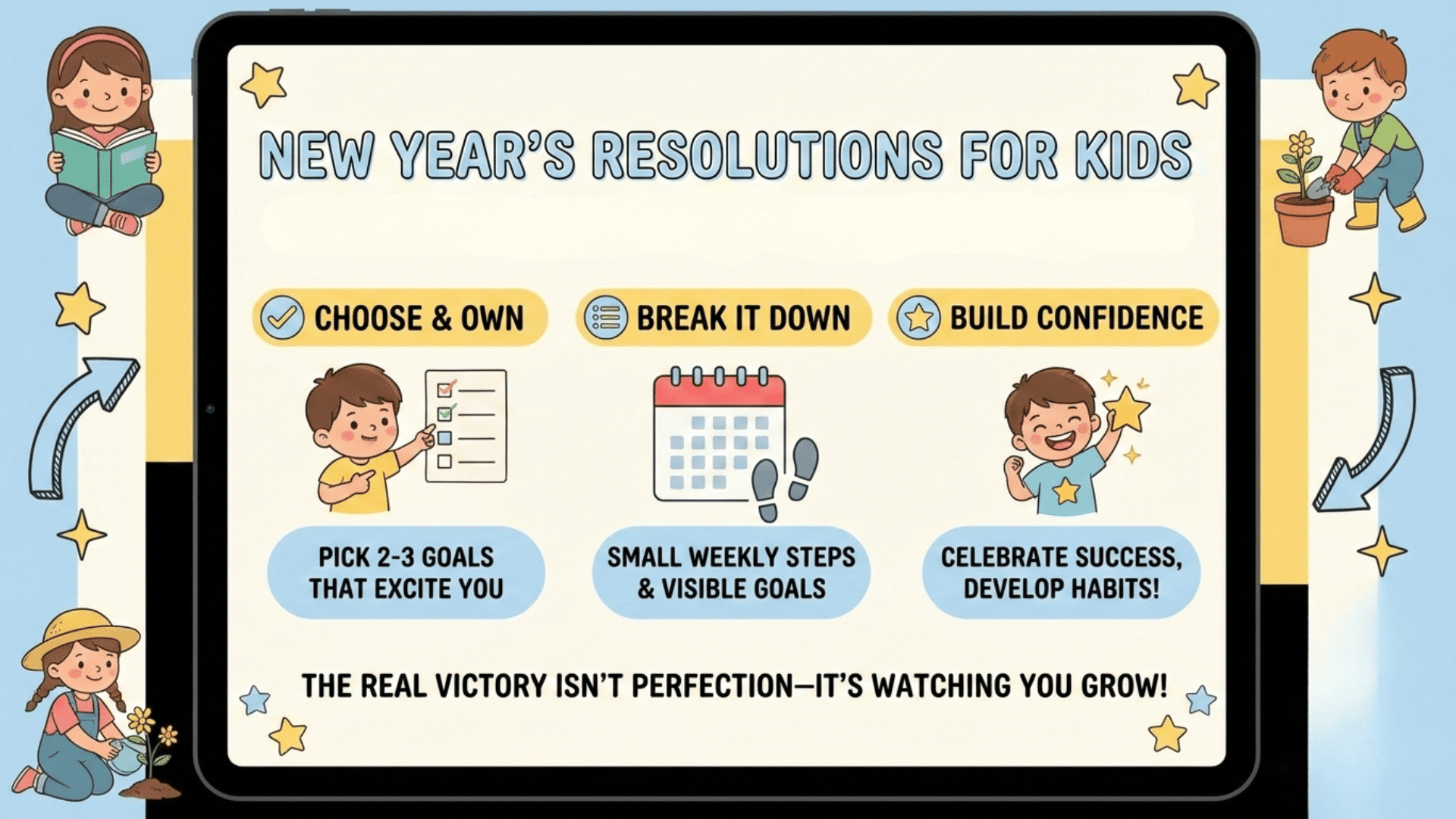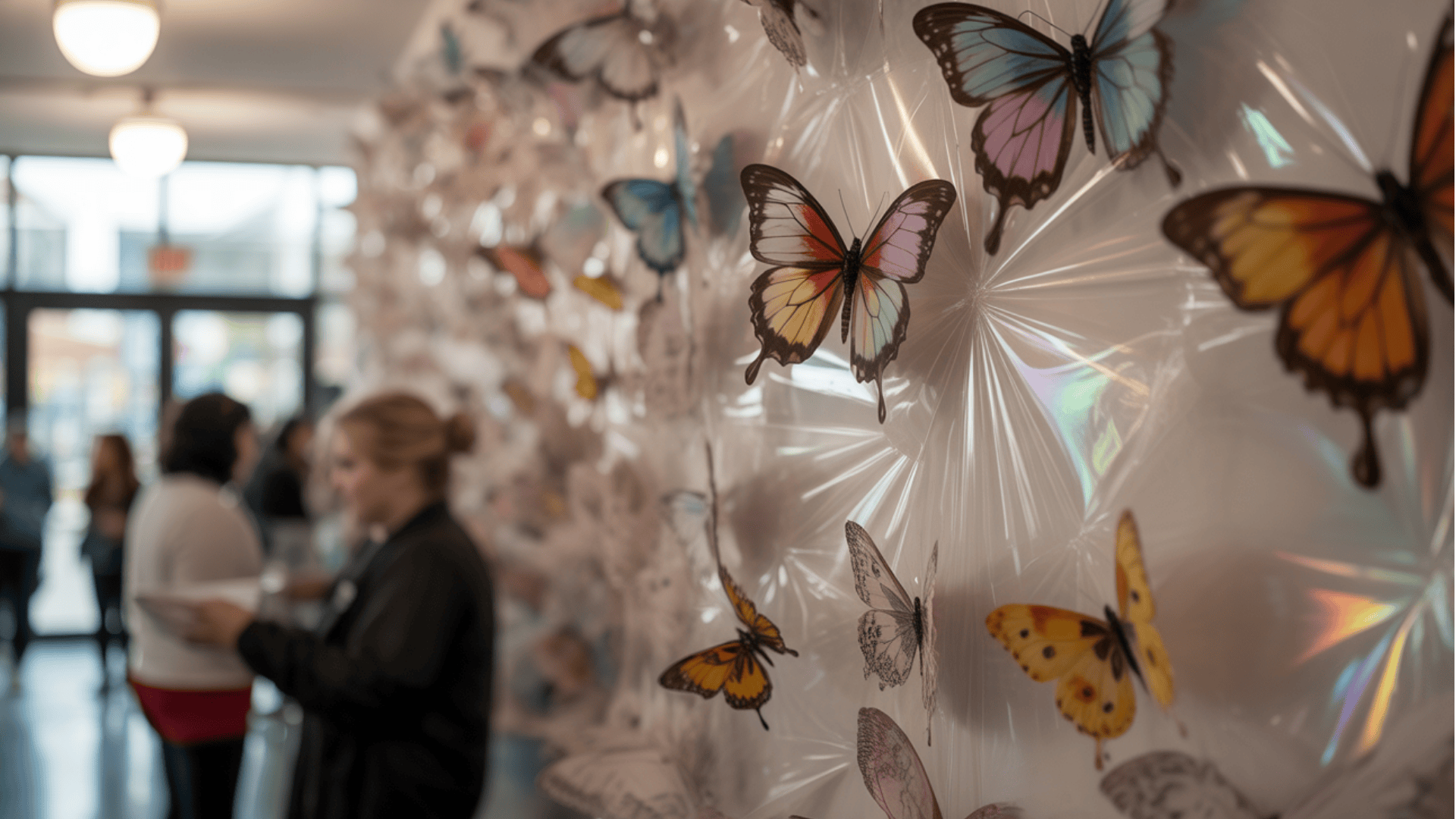For anyone curious about painting, watercolor feels like a gentle entry point into art. With just a brush, paper, and a few colors, a beginner can explore endless possibilities.
This blog shares beginner friendly watercolor ideas that open the door to creativity. Instead of chasing perfection, it focuses on simple strokes and easy exercises that anyone can try at home.
Readers will see how everyday subjects, flowers, landscapes, and even small objects become lively through soft washes and playful blends.
Each idea is designed to build confidence step by step, making the process less overwhelming and more enjoyable. Watercolor rewards patience, and starting small sets the stage for bigger projects later.
Why Start with Basic Watercolor Strokes?
Mastering basic strokes is like learning the alphabet before writing a story. For those looking for beginner friendly watercolor ideas, starting with these fundamental techniques provides a solid foundation.
It allows an artist to understand how their brush interacts with the paper and how pigments behave.
By practicing simple lines, washes, and gradients, a painter gains the control and confidence needed to tackle more complex watercolor painting ideas.
This foundational practice isn’t just about creating pretty shapes; it’s about building muscle memory and a deeper understanding of the medium itself.
Floral & Botanical Beginner Friendly Watercolor Ideas

For anyone who loves nature, watercolor is a wonderful way to capture its beauty. These floral and botanical ideas are perfect for practicing various strokes and techniques.
1. Simple Rose Using Circular Strokes
A simple rose is a great subject for mastering circular and layered washes. Begin with light, overlapping C-shapes. As each layer dries, add a slightly darker hue to create depth.
This exercise helps a person practice control and understand how colors blend on paper. It’s a perfect exercise for any beginner.
2. Lavender Stems with Quick Brush Flicks
Creating lavender is a fantastic way to practice quick, controlled strokes. Use the tip of your brush to make small, short flicks upward along a thin stem line.
Vary the pressure to create different sizes and shapes of the tiny blooms. This technique helps a person master the fine touch needed for smaller details.
3. Sunflower with Layered Yellow Petals
A sunflower is a cheerful way to practice layering and creating texture. Start with a light yellow wash for the petals, then add a darker yellow or orange on top once dry.
For the center, use a dry brush technique with a dark brown to create a textured, seed-like appearance.
4. Minimalist Eucalyptus Leaves
Eucalyptus leaves are all about simplicity and form.
Using a round brush, a person can paint a series of soft, oval shapes in a light green or blue-green color. Focus on varying the angle and spacing of the leaves along a thin, curved stem.
This exercise teaches a person how to achieve a clean, graceful look.
5. Tulip Using Graded Wash Petals
Tulips are perfect for practicing a graded wash, where color fades from dark to light.
Load your brush with paint and start at the base of the petal, slowly lifting the brush as you move up. This creates a beautiful, perfect gradient that gives the petals a soft, realistic look.
6. Monstera Leaf with Cutout Details
The monstera leaf is an excellent subject for practicing negative space.
Start with a light sketch and then carefully paint around the cutouts and holes in the leaf. This focuses a person on shaping the unpainted areas, which is a key skill for more detailed work.
7. Daisy Chain Pattern
Creating a daisy chain pattern is a fun way to practice repetition and consistency. Use simple strokes to form the white petals around a yellow dot for the center.
A person can then connect each daisy with a thin, curving green line. It’s a great way to build confidence through a repetitive, meditative process.
8. Abstract Watercolor Bouquet
An abstract bouquet lets a person play with color and form without worrying about realistic shapes. A person can create a variety of flower-like shapes and colors using wet-on-wet techniques.
It’s a freeing exercise that encourages a person to experiment with how colors bleed and blend on the page.
9. Potted Cactus with Dry Brush Spines
Painting a cactus is a great way to practice texture and dry brush strokes.
Use a wet wash for the body of the cactus and then, once it’s dry, use a very lightly loaded brush to create the spiky texture. This technique gives the illusion of sharp spines and adds a unique element to the painting.
10. Autumn Leaf Collection (maple, Oak, Ginkgo)
This idea is perfect for exploring a rich color palette and different shapes.
A person can paint a collection of autumn leaves, like maple, oak, and ginkgo, using a variety of warm reds, yellows, and oranges. It allows a person to practice different leaf forms and color blending.
11. Watercolor Wreath with Greens and Berries
A wreath is a great final project for a beginner, combining multiple elements. Start with a loose, circular pencil line, then add a variety of green leaves and sprigs.
Finish by adding small red or dark-colored dots for berries. It’s a rewarding project that applies several basic strokes.
These floral and botanical subjects are a fantastic way to apply the basic strokes you have learned. They allow for infinite creativity and help build confidence in your skills.
Landscapes & Nature Scenes

For those who find inspiration in the outdoors, painting landscapes is a rewarding pursuit. These ideas are perfect for practicing various strokes and capturing the beauty of nature.
12. Sunset Sky with Graded Washes
A sunset sky is an excellent subject for mastering graded washes. Start with a vibrant yellow, then blend in orange and a deep red at the top.
This exercise helps an artist practice smooth transitions between colors, creating a beautiful and dramatic effect perfect for beginners.
13. Simple mountain silhouette
Painting a simple mountain silhouette is a great way to practice crisp lines and a steady hand. Use a dark, concentrated color to paint the mountain shape.
This forces a person to focus on the edge of the brush and the contrast between the dark shape and the light sky.
14. Beach Waves with Wet-On-Wet Blues
To create beach waves, use the wet-on-wet technique. First, wet the paper, then drop in different shades of blue and turquoise.
The colors will naturally bleed and blend together, creating a soft, fluid look that mimics the movement of water.
15. Forest Tree Line in Mist
Capturing a misty forest is all about controlling the amount of water on the paper. A person can paint a blurry, distant tree line using very light, watery colors.
This helps a person learn how to create a sense of depth and atmosphere.
16. Starry Night Sky with Splatter Effect
A starry night sky is a fun exercise in adding texture. After painting a dark wash for the sky, use a toothbrush to flick white paint onto the paper.
The splatter effect creates a random pattern of stars, which is a great way to experiment.
17. Rolling Hills in Layers of Green
Painting rolling hills allows an artist to practice layering. Start with a light green wash for the farthest hills, then add a slightly darker shade for the next layer.
This method helps a person learn how to create depth and dimension in a landscape.
18. Desert Dunes with Warm Tones
Desert dunes are perfect for practicing graded washes with warm colors. A person can use shades of orange, yellow, and brown to create the soft, rolling shapes.
It’s a great way to study a different, monochromatic color palette.
19. Snowy Pine Trees with Dry Brush
To create snowy pine trees, a person can use the dry brush technique.
Start with a dark green for the tree shape. Once it is dry, use a very lightly loaded brush with white paint to create the illusion of snow on the branches.
20. Ocean Horizon with Sailboat Silhouette
An ocean scene is an opportunity to practice both washes and crisp lines.
Paint a soft blue wash for the water and a graded wash for the sky. Then, add a small, dark sailboat silhouette to create a focal point.
21. Waterfall with Soft Blends
Creating a waterfall is all about soft edges and blends. Use a light blue or white wash and then add slightly darker shades around the edges to create the illusion of flowing water.
It’s a great exercise in controlling where the paint goes.
22. Simple Rainbow Gradient
A simple rainbow gradient is a classic exercise for beginners. A person can paint a series of graded washes, each one transitioning smoothly into the next color. This helps a person master the fundamental skill of blending colors.
These landscape ideas provide a fantastic opportunity to apply foundational watercolor techniques.
They invite a person to observe the world around them and translate those observations into beautiful, painted scenes.
Everyday Objects Beginner Friendly Watercolor Ideas

Turning to the world around you, everyday objects are fantastic subjects for practicing watercolor. They are often simple in form, allowing you to focus on light, shadow, and color.
23. Coffee Mug with Steam
A coffee mug is a great way to practice painting a simple, round shape. Start with a basic wash for the mug, then use a very light, almost dry brush to create the wispy lines of steam.
This helps a person learn how to create movement and atmosphere in a painting.
24. Watercolor Fruit Slice (orange or Lemon)
Painting a fruit slice is a fun way to experiment with bright, transparent colors.
Use a wet-on-wet technique to blend the inner segments, letting the colors bleed into each other. This teaches a person about how colors behave and flow on wet paper, creating a juicy effect.
25. Cupcake with Frosting
A cupcake is a sweet subject that allows for practicing texture.
Use a dry brush for the cupcake liner to create a ribbed effect. For the frosting, use soft, rounded strokes and blend colors while they are still wet to create a smooth, creamy appearance.
26. Teapot with Floral Designs
Painting a teapot is perfect for those who want to practice both form and detail.
First, paint the teapot’s body with a simple wash. Once it’s dry, use a fine brush to add small, simple floral designs. This helps a person master control and small-scale work.
27. Umbrella with Colorful Panels
An umbrella is a great subject for practicing clean, crisp lines. Use a variety of bright colors to fill in each panel. This exercise is all about creating a strong contrast and helps a person practice staying within the lines.
28. Books Stacked with Muted Tones
Stacked books are an ideal subject for practicing straight lines and creating dimension.
Use different, muted tones for each book and add slight shadows to make them look like a three-dimensional object. This teaches a person about form and perspective.
29. Candle with Glowing Flame Effect
A candle is an excellent way to practice a glowing effect. Paint the main body of the candle, then add a light, blurry wash of yellow and orange around the wick.
This wet-on-wet technique creates a soft, luminous glow.
30. Ice Cream Cone with Pastel Scoops
An ice cream cone is a fun subject for practicing textures and soft colors. Use a dry brush for the cone to create a waffle-like pattern.
For the scoops, use soft, pastel washes and let them blend together slightly to create a melting effect.
31. Pair of Simple Shoes (sneakers or Sandals)
Painting a pair of simple shoes is a great way to practice capturing form and detail.
Focus on the basic shape of the shoe, then add in the laces, stitching, or straps using a finer brush. This helps a person practice observation and detail work.
32. Watercolor Jar with Glowing Fireflies
A glowing jar is an excellent exercise in creating light and atmosphere. Paint the jar first, then add small dots of yellow and a very light, diffused glow around them. This creates the illusion of fireflies trapped inside.
33. Vintage Bicycle with Basket
A vintage bicycle is a rewarding challenge for a beginner.
Start with the main shapes of the frame and wheels, then add details like the spokes and basket. This helps a person work on more complex compositions.
These everyday objects are a fantastic way to apply the basic strokes you have learned.
Abstract & Pattern Play Ideas

Sometimes the most enjoyable way to learn is to simply experiment with color and form. These abstract and pattern ideas are perfect for letting go and seeing what the paint can do on its own.
34. Gradient Color Swatches
Creating a gradient swatch is an excellent way to practice a smooth wash.
A person can choose two or three colors and paint them side by side, allowing them to bleed into each other to create a perfect transition. This helps a person master brush control and color blending.
35. Polka Dot Splatter Effect
A polka dot splatter effect is a fun and energetic way to add texture. After a person paints a light wash for the background, they can use a brush to flick darker paint onto the paper.
The random splatters create a playful and unpredictable pattern, perfect for beginners.
36. Mandala with Watercolor Background
Creating a mandala is a calming and meditative exercise. A person can start by drawing a simple mandala design in pencil and then filling in each section with different watercolor washes.
This helps a person focus on control and precision while allowing for creative color choices.
37. Stripes Blending Into Each Other
Painting stripes is a great way to practice crisp lines and wet-on-wet blending. A person can paint a stripe and then quickly add another color next to it while the first is still wet.
The colors will gently bleed together, creating a soft transition between the stripes.
38. Geometric Triangles in Rainbow Hues
Geometric triangles are perfect for practicing precision and bold colors.
A person can create a grid of triangles and fill each one with a different color of the rainbow. This exercise helps a person focus on painting within a defined shape and creating clean edges.
39. Watercolor Galaxy with Salt Texture
A galaxy scene is a beautiful way to see the magic of watercolor. Paint a dark wash of blues, purples, and blacks, then sprinkle a pinch of salt on the wet paint.
As the paint dries, the salt will absorb the pigment, creating beautiful, star-like patterns.
40. Swirls of Color Using Wet-On-Wet
This technique is all about letting go of control.
Wet the paper completely and then drop different colors onto it, allowing them to swirl and mix naturally. This exercise is perfect for understanding how colors interact and for creating beautiful, unpredictable effects.
41. Ombre Hearts or Stars
Ombre hearts or stars are a simple and sweet way to practice a graded wash.
A person can paint a heart or star and then, while the paint is still wet, add a darker shade to one side, letting it fade toward the other.
42. Abstract Watercolor City Skyline
An abstract city skyline is a great way to experiment with shapes and shadows. A person can use different colored washes to create simple, rectangular shapes for buildings.
This helps a person focus on creating form and a sense of depth without getting bogged down in detail.
43. Minimalist Watercolor Circles
Painting minimalist circles is a great way to practice control and consistency. A person can paint a series of simple circles using a single color. This exercise helps a person focus on a steady hand and a consistent shape.
These abstract and pattern ideas offer a creative playground for any beginner. They prove that watercolor is not just about realism; it’s also about the joy of color, texture, and unexpected, beautiful results.
Animals & Cute Creatures Beginner Friendly Watercolor Ideas

Painting animals and creatures is a fantastic way to bring personality and life to a person’s work. These ideas focus on simplifying forms and capturing charm with basic strokes.
44. Simple Goldfish in A Bowl
A simple goldfish is great for practicing soft, rounded shapes and transparent color.
A person can paint the goldfish with a bright orange wash. For the bowl, use a very light blue or gray to suggest water and glass. This helps a person master basic form and transparency.
45. Silhouette Birds on A Wire
Painting silhouette birds is all about creating strong contrast. A person can paint a graded wash for a sunset or sunrise sky.
Once it’s dry, use a dark, concentrated color to paint the thin wire and simple bird shapes. This exercise is perfect for a person to practice clean lines and silhouettes.
46. Whale Tail Emerging from Water
A whale tail is a great subject for practicing soft, rounded shapes and a sense of motion. A person can use a blend of blues and grays for the tail, with a subtle, graded wash.
This helps a person create a soft, majestic form that seems to be emerging from the water.
47. Butterfly with Blended Wings
A butterfly is a wonderful subject for practicing symmetry and wet-on-wet blending. A person can paint one side of the wing with a vibrant color and, while it is still wet, drop in another color to watch them blend.
This creates a beautiful, soft look.
48. Cat Outline with Watercolor Fill
A cat outline is a fun way to practice control within a defined shape.
A person can sketch a simple cat outline and then fill it with a variety of washes and colors. This allows for creative expression while practicing, keeping the paint contained.
49. Hummingbird Near a Flower
A hummingbird is a great subject for practicing quick, light strokes. A person can use a small brush to create the bird’s body and wings.
Focus on adding a soft blend of colors on the body and then a slightly more defined line for the beak.
50. Owl with Textured Feathers
An owl is a perfect subject for adding texture. A person can use different shades of brown and gray for the body and then use a dry brush to create a feathery effect.
This helps a person practice creating texture and form without too much detail.
51. Jellyfish with Flowing Tentacles
Painting a jellyfish is all about creating a sense of movement. A person can paint the bell of the jellyfish and then create long, flowing tentacles with a variety of thin, curved lines.
This helps a person practice a steady hand and a sense of fluid motion.
52. Bunny with Soft Gray Washes
A bunny is an adorable subject for practicing soft washes.
A person can use a light gray wash and, while it is still wet, drop in a slightly darker shade to create soft shadows. This creates a fluffy, soft appearance.
53. Turtle with Patterned Shell
A turtle is an excellent subject for practicing both form and pattern. A person can paint the basic shape of the body and then use a slightly darker color to create a simple, geometric pattern on the shell.
This helps a person combine both realistic form and decorative pattern.
These animal and creature ideas are a fantastic way for a beginner to apply their skills and create delightful works of art. A person will find that these subjects are both fun to paint and rewarding to finish.
Simple Tips to Avoid Mistakes and Boost Your Confidence
Beginners often face common watercolor challenges, but knowing these tips can ease the learning path and help build confidence.
- Always use enough water; paint that is too dry won’t flow smoothly.
- Let each layer dry completely before adding another to avoid muddy colors.
- Start with simple strokes and shapes to build muscle memory gradually.
- Use good-quality paper designed for watercolor to prevent warping.
- Avoid overworking the paint; sometimes, less is more.
- Experiment with water-to-paint ratios to understand how colors behave.
- Keep brushes clean to maintain color clarity and avoid mud.
- Embrace mistakes as learning steps, not failures.
- Practice regularly to develop a unique style and confidence in brushwork.
Conclusion
Exploring watercolor painting can feel challenging at first, but with beginner friendly watercolor ideas, anyone can start creating beautiful art.
By focusing on simple techniques and practicing regularly, new artists build the skills and confidence needed to bring their vision to life.
Every brushstroke is a step forward, shaping unique styles and personal expression. Mistakes become lessons, not setbacks, guiding growth with each painting.
With patience and the right tools, the path becomes just as rewarding as the final piece. These ideas provide a welcoming path to discover the joy of painting, proving that with practice, art truly is for everyone.















